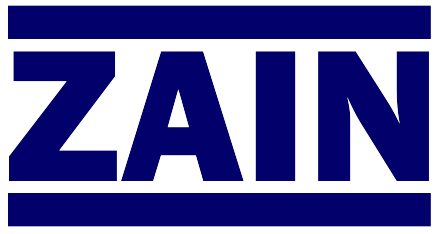Mixing in Hydrogenation Processes
Author:
J.Y. Oldshue
This article discusses the optimization of hydrogenation processes in chemical engineering through proper selection and placement of mixing equipment, particularly impellers, in gas-liquid-solid systems. It highlights how mass transfer—both gas-liquid and liquid-solid—can be enhanced using baffled or unbaffled tanks, dual impellers, and surface reincorporation techniques, with experimental data supporting scale-up considerations. The study emphasizes the importance of pilot plant data, impeller design, and process variables to improve reaction rates, overall efficiency, and prediction of full-scale hydrogenation performance.
Key Learnings
- Proper selection and placement of impellers significantly affects mass transfer rates in hydrogenation processes.
- Hydrogenation involves a combination of gas-liquid mass transfer, liquid-solid mass transfer, and chemical reaction, each influencing overall process efficiency.
- Baffled tanks, unbaffled tanks, and partial baffles impact mixing effectiveness and surface reincorporation of gases.
- Dual impeller setups (upper axial flow, lower radial flow) enhance mass transfer and improve hydrogen utilization.
- Impeller diameter, tank geometry, and liquid levels are critical variables for optimizing mixing and mass transfer.
- Gas sparging and surface reincorporation techniques can substantially increase hydrogen mass transfer rates.
- Pilot plant studies provide essential data for scale-up to full-size hydrogenation reactors.
- Mass transfer coefficients (K_A, K_L) and dimensionless numbers (Reynolds, Froude) are useful for predicting performance in different tank sizes.
- Continuous and batch hydrogenation processes require different approaches for gas recirculation and off-gas management.
- Surface area per unit volume and impeller position strongly influence reaction rates and efficiency in scaled-up systems.
If you can’t see the PDF, click "Open in new tab".

